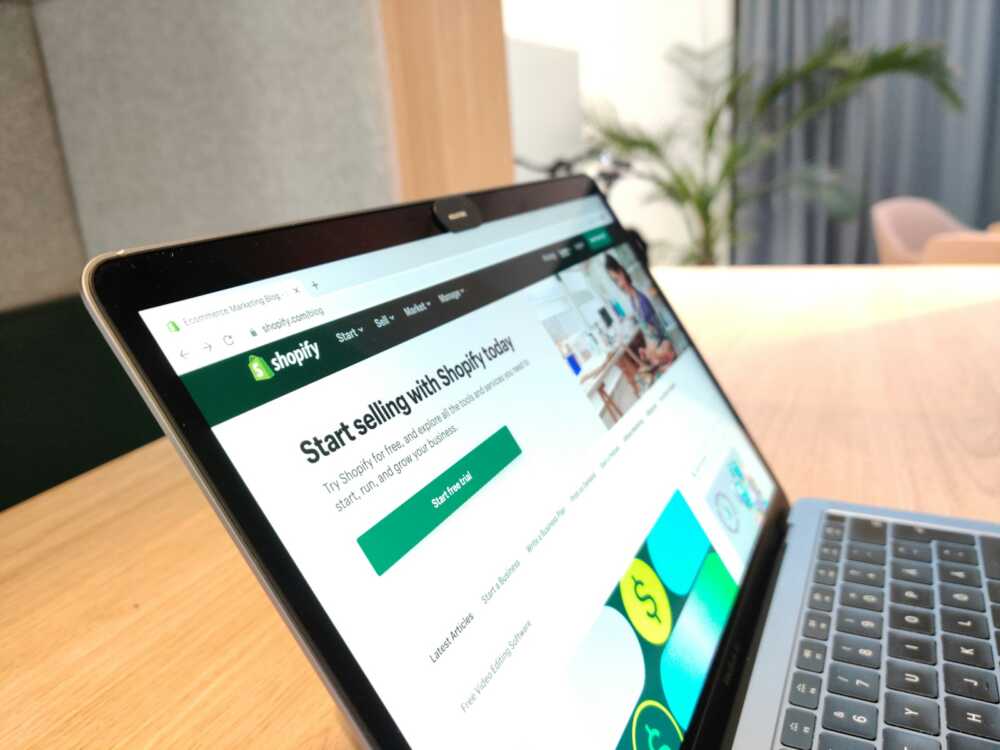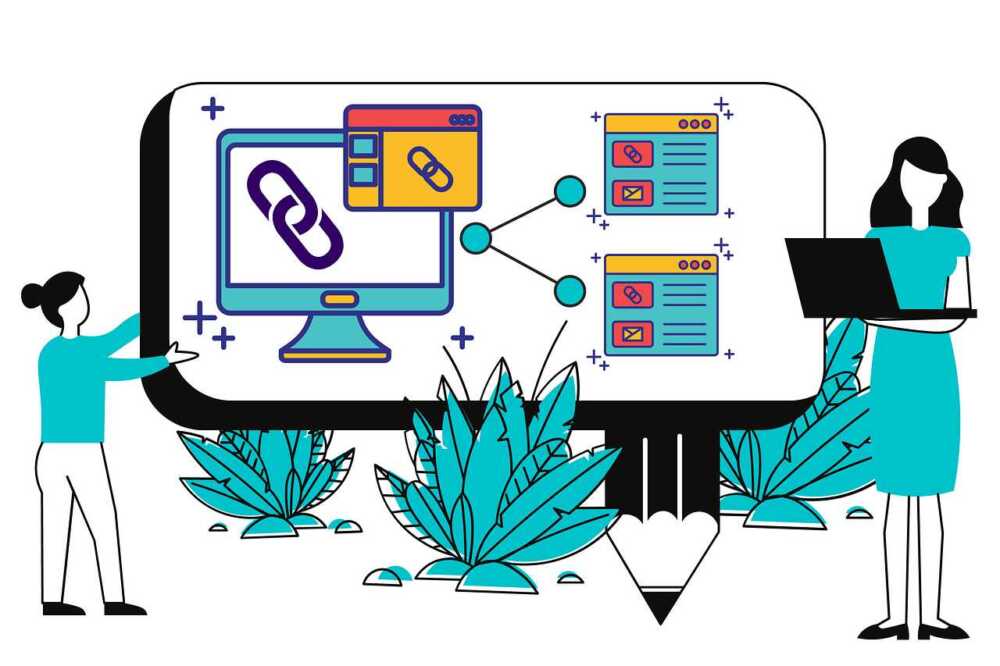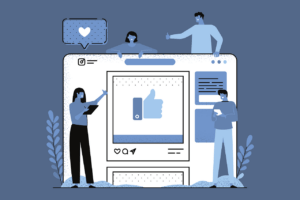In today’s digital world, where user experience plays a pivotal role in the success of a product, service, or platform, user-centric design has become a key concept in design thinking and development. Simply put, user-centric design is a design approach that prioritizes the needs, preferences, and experiences of the end-user throughout the design process. This approach ensures that the final product or service is not only functional but also intuitive, accessible, and relevant to the users it is intended for.
In this article, we will explore the concept of user-centric design, its core principles, and how it can significantly improve the user experience and overall satisfaction. Additionally, we will discuss how businesses like Luveedu leverage user-centric design in their projects to create meaningful and engaging digital experiences.
1. Understanding User-Centric Design
User-centric design, also known as user-centered design (UCD), is an iterative design methodology that focuses on creating solutions based on the needs, behaviors, and feedback of the target users. The primary goal of this approach is to design products or services that are not only functional but also deliver an outstanding user experience (UX). This approach considers how users interact with a product, what problems they face, and how the design can offer solutions.
In user-centric design, designers and developers start with a deep understanding of the users—their goals, challenges, preferences, and pain points. This understanding helps to shape the product at every stage of its design and development, ensuring that users have a seamless, intuitive experience from start to finish.
2. Key Principles of User-Centric Design
There are several key principles that guide user-centric design, making it an effective approach for creating products and services that truly meet the needs of users. These include:
a) User Research
User research is the first and most crucial step in user-centric design. It involves gathering qualitative and quantitative data about the target users through various methods such as surveys, interviews, focus groups, and user testing. By understanding users’ preferences, behaviors, goals, and pain points, designers can create solutions that address the specific needs of the audience.
b) Persona Development
Creating user personas is an essential part of the user-centric design process. A user persona is a detailed representation of a specific user segment, including demographic information, goals, needs, behaviors, and challenges. These personas help designers and developers to keep the user at the center of the design process and make decisions based on the users’ needs rather than assumptions.
c) Iterative Design Process
User-centric design is an iterative process, meaning that designers continually refine and improve the product based on user feedback. This approach involves creating prototypes, testing them with real users, gathering feedback, and making improvements before repeating the cycle. Iteration ensures that the final product evolves in a way that best serves the users and their needs.
d) Usability and Accessibility
User-centric design ensures that the product is not only functional but also easy to use. Usability refers to how intuitive and efficient a product is for users, while accessibility ensures that the product is usable by people with diverse abilities. This includes designing for users with visual, auditory, motor, or cognitive impairments, ensuring that everyone can interact with the product effectively.
e) Clear Communication
Clear and concise communication is vital in user-centric design. Information should be easy to understand and navigate, with an emphasis on reducing complexity. Labels, icons, navigation menus, and calls to action should all be designed in a way that minimizes confusion and enhances the user’s experience.
3. The Benefits of User-Centric Design
The user-centric design approach brings several key benefits to businesses, designers, and users alike:
a) Improved User Satisfaction
By putting the needs and preferences of the users at the forefront, user-centric design leads to products that are more enjoyable and easier to use. When users find a product that is intuitive and meets their needs, they are more likely to be satisfied, increasing their chances of repeat usage and positive reviews.
b) Increased User Engagement
A product designed with the user in mind is more likely to engage users and keep them coming back. By providing an experience that resonates with users’ expectations, you can improve user retention and build lasting relationships with your audience.
c) Higher Conversion Rates
User-centric design not only makes your product easier to use but also increases the likelihood of conversion. Whether your goal is to get users to sign up for an account, make a purchase, or engage with your content, a user-friendly design increases the chances of achieving these objectives. When users find a website or app that works well for them, they are more likely to take action.
d) Reduced Development Costs
By incorporating user feedback early in the design process and making necessary changes before the product is launched, businesses can avoid costly post-launch revisions. A user-centric design approach helps to identify and solve potential issues before they become major problems, reducing development time and costs in the long run.
e) Better Brand Perception
When users experience a well-designed product that aligns with their needs and expectations, it strengthens their perception of the brand. A user-centric product enhances brand loyalty and trust, as users associate the brand with positive experiences.
4. How User-Centric Design Impacts Various Industries
User-centric design is applicable across a wide range of industries. Let’s explore a few examples of how user-centric design principles can be applied in different contexts:
a) Website and App Design
In website and app design, user-centric design ensures that the interface is intuitive, the navigation is clear, and the user’s goals are easily achievable. By conducting user testing, designers can identify any friction points in the user journey and make necessary adjustments to enhance the user experience.
b) E-commerce
For e-commerce websites, user-centric design is essential for driving conversions. By focusing on clear product descriptions, easy navigation, and a seamless checkout process, businesses can create an environment that encourages users to make purchases. Personalized recommendations based on user behavior can further enhance the shopping experience.
c) Healthcare
In the healthcare industry, user-centric design ensures that patients can easily navigate health portals, access medical records, or schedule appointments. Simplified forms, easy-to-read medical information, and intuitive design can help patients feel more comfortable and reduce stress when interacting with healthcare services.
d) Education and E-learning
In the e-learning sector, user-centric design can improve the learning experience by making courses easy to navigate, accessible, and engaging. By creating personalized learning paths and incorporating feedback mechanisms, e-learning platforms can enhance student satisfaction and learning outcomes.
5. Implementing User-Centric Design in Your Business
To implement user-centric design in your business, follow these steps:
a) Conduct User Research
Understand your audience by gathering data through surveys, interviews, and user testing. Learn about their goals, frustrations, and behaviors to inform your design decisions.
b) Create User Personas
Develop user personas based on your research to represent the different segments of your target audience. These personas will guide your design choices and ensure you are addressing real user needs.
c) Involve Users in the Design Process
Engage users throughout the design process by involving them in user testing, feedback sessions, and iterative design phases. This will help you refine your design and ensure it aligns with their needs.
d) Optimize Usability
Ensure your product is easy to use by simplifying navigation, reducing friction points, and providing clear instructions or calls to action.
e) Test and Iterate
Continue to test your product with real users, gather feedback, and make improvements to enhance the user experience. Regular iteration ensures your product remains user-friendly and relevant.
6. Conclusion: User-Centric Design as a Competitive Advantage
User-centric design is an essential methodology for creating products and services that are not only functional but also delightful and meaningful to users. By focusing on the needs, preferences, and behaviors of your target audience, you can create solutions that offer real value, increase user satisfaction, and drive business growth.
At Luveedu, we understand the power of user-centric design in crafting exceptional digital experiences. Whether you’re building a website, an app, or a custom software solution, Luveedu can help you implement user-centric principles that lead to higher engagement, better conversions, and long-term customer loyalty.
By partnering with Luveedu, you can ensure that your digital products meet the highest standards of usability and user experience, ultimately helping your business thrive in the competitive digital landscape.





















